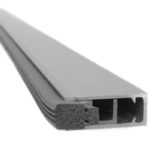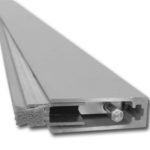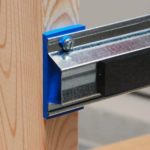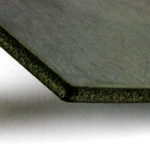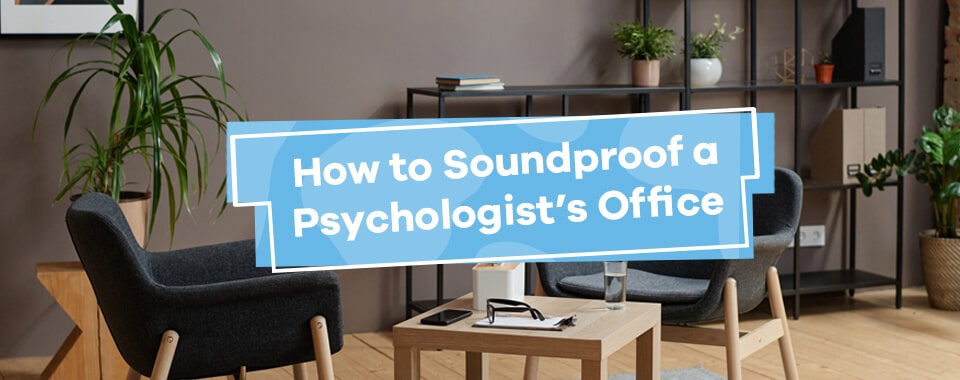
Have you run into issues where stray noise throws sessions off course or compromises patient confidentiality at your psychology practice? Soundproofing can help. Let’s discuss the importance of soundproofing a therapy office and how you can do it.
Why Is Soundproofing a Psychologist’s Office Important?
Soundproofing, which is the process of preventing noise from entering or leaving a space, is essential in a psychologist’s office. As a psychologist, confidentiality is one of the most critical aspects of your service. Patients visit your office expecting to be able to discuss sensitive topics with the confidence that everything will stay between you and them.
Sound crossing from room to room potentially compromises the privacy your patients expect. What’s more, uninvited noise can be distracting during a session. Soundproofing your office will help you facilitate meaningful, focused therapy sessions that maintain your patients’ privacy.
4 Ways to Soundproof an Office for Privacy
Integrating psychologist office soundproofing solutions helps improve the patient experience. Here are four ways to enhance privacy by reducing noise transfer at your practice:
1. Fill Gaps
Sound will try to sneak into or out of your office any way it can. The most common leaking points are the doors, windows and cracks in the walls. There are a few ways to fill the sound-leaking gaps, but the two most effective methods for therapy offices are:
- Installing door sweeps and seals that eliminate space below and on either side of the door.
- Sealing windows or walls with acoustic caulk around the edges or cracks.
2. Decouple Walls
Sound is a form of energy that travels through surfaces. A psychologist’s room design is like any other — the walls have building material behind them, such as wooden studs or sheetrock. These materials connect the sides of the wall and act as a bridge for sound to travel across. The decoupling process involves separating portions of the bridge so that sound can’t transfer.
A sound isolation kit can help you decouple your walls next time you renovate. You can also apply a similar concept to your floors using floor joist isolators.
3. Increase Mass
Another way to inhibit sound’s ability to transfer through your walls is by adding mass. It’s more difficult for sound to travel through a denser surface and retain its volume on the other side. While using the heaviest, most dense building materials during construction is the ideal approach, you can also line the inside of your walls with sheets of mass-loaded vinyl (MLV).
4. Implement White Noise
In addition to soundproofing your room, you can mitigate leftover noise by running a white noise machine during therapy sessions. White noise machines create a sound blanket by producing sound at all audible frequencies simultaneously. The sound blanket makes it more difficult for your brain to register subtle noises like a conversation next door.
Purchase Soundproofing Materials
If you’re ready to ensure your psychology practice is as welcoming and secure for your patients as possible, Soundproof Cow can help. We have various soundproofing products, plus a team of experts ready to help you implement them at your office. For more information or to request a free acoustic analysis, contact us online today!






